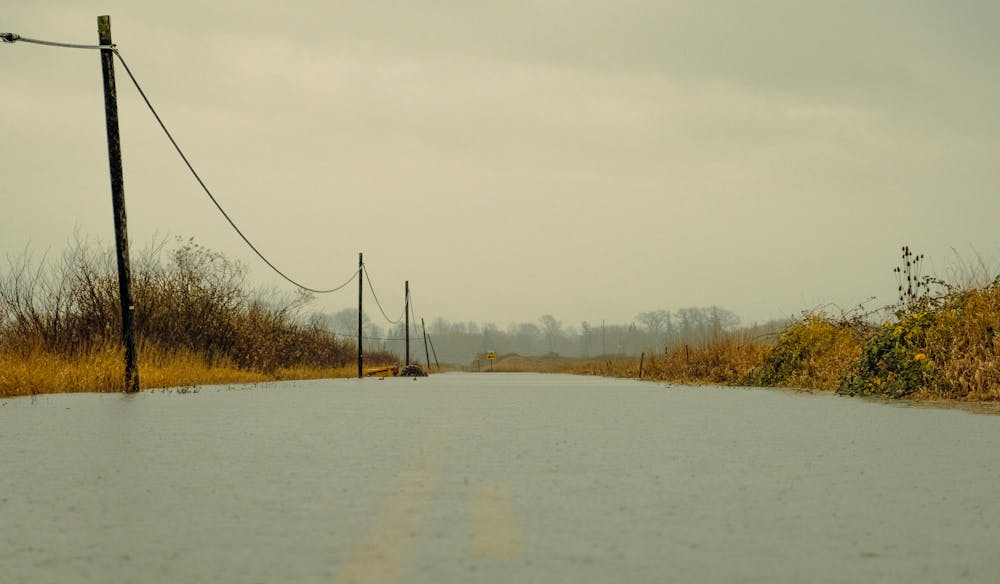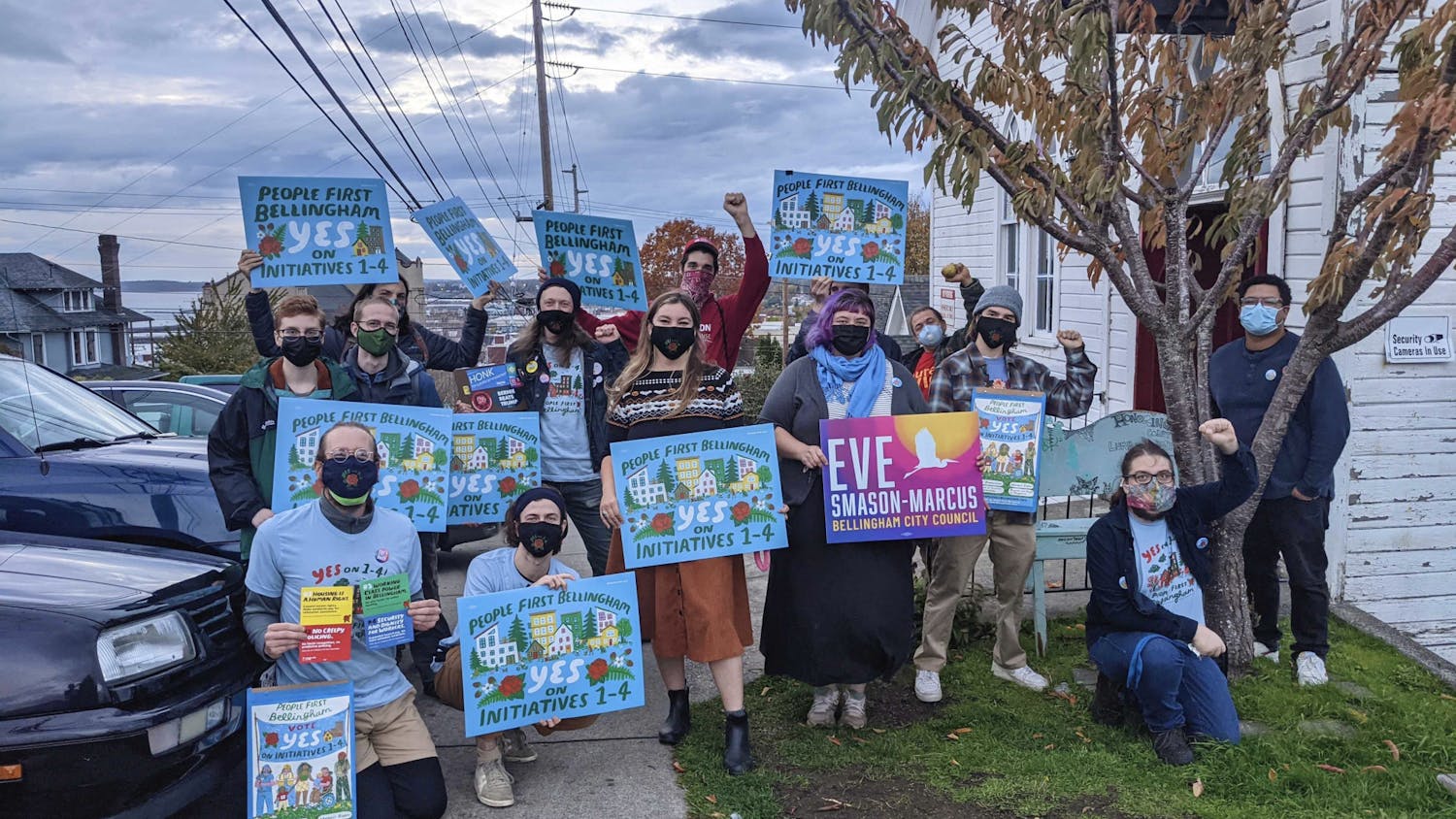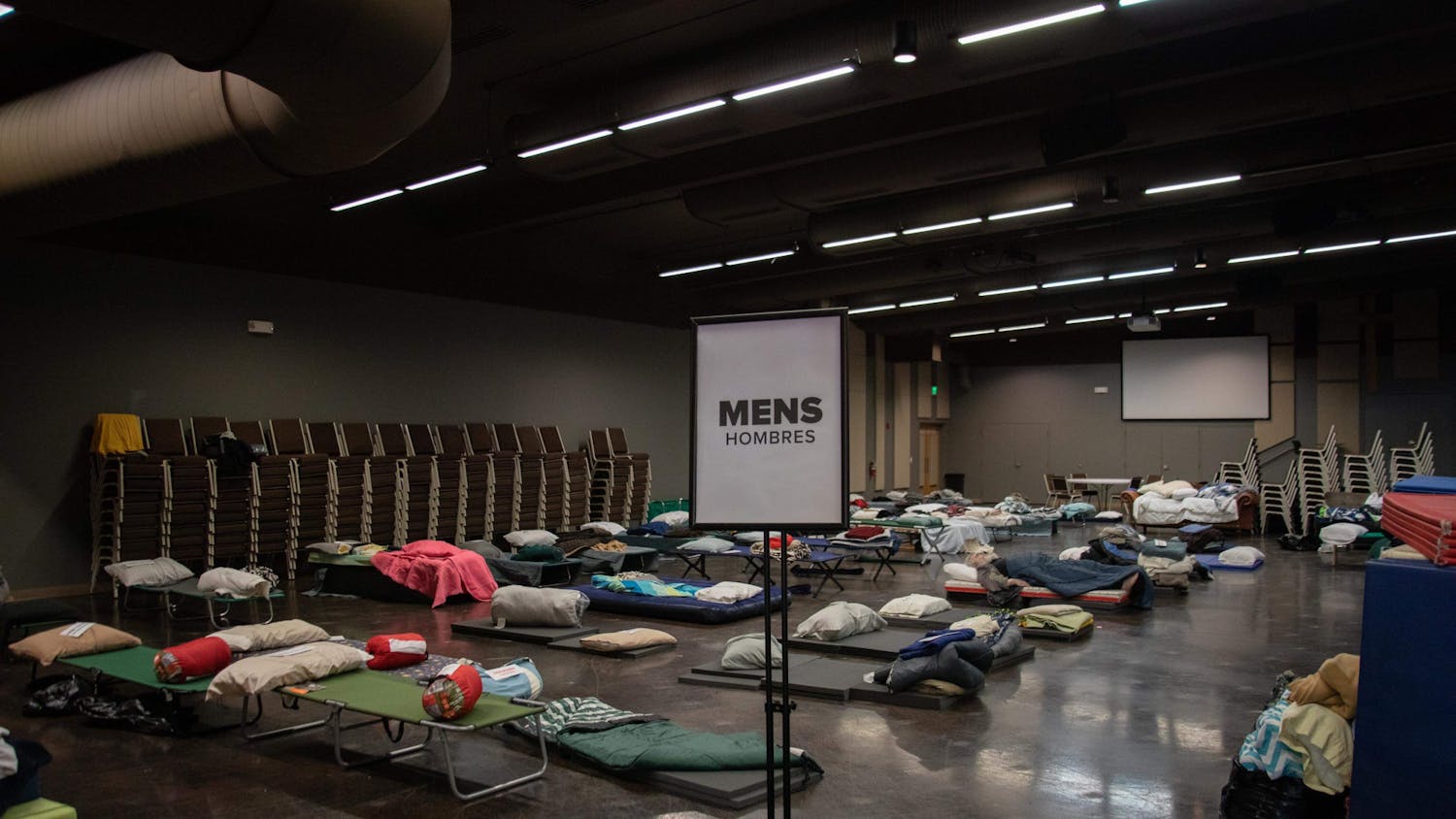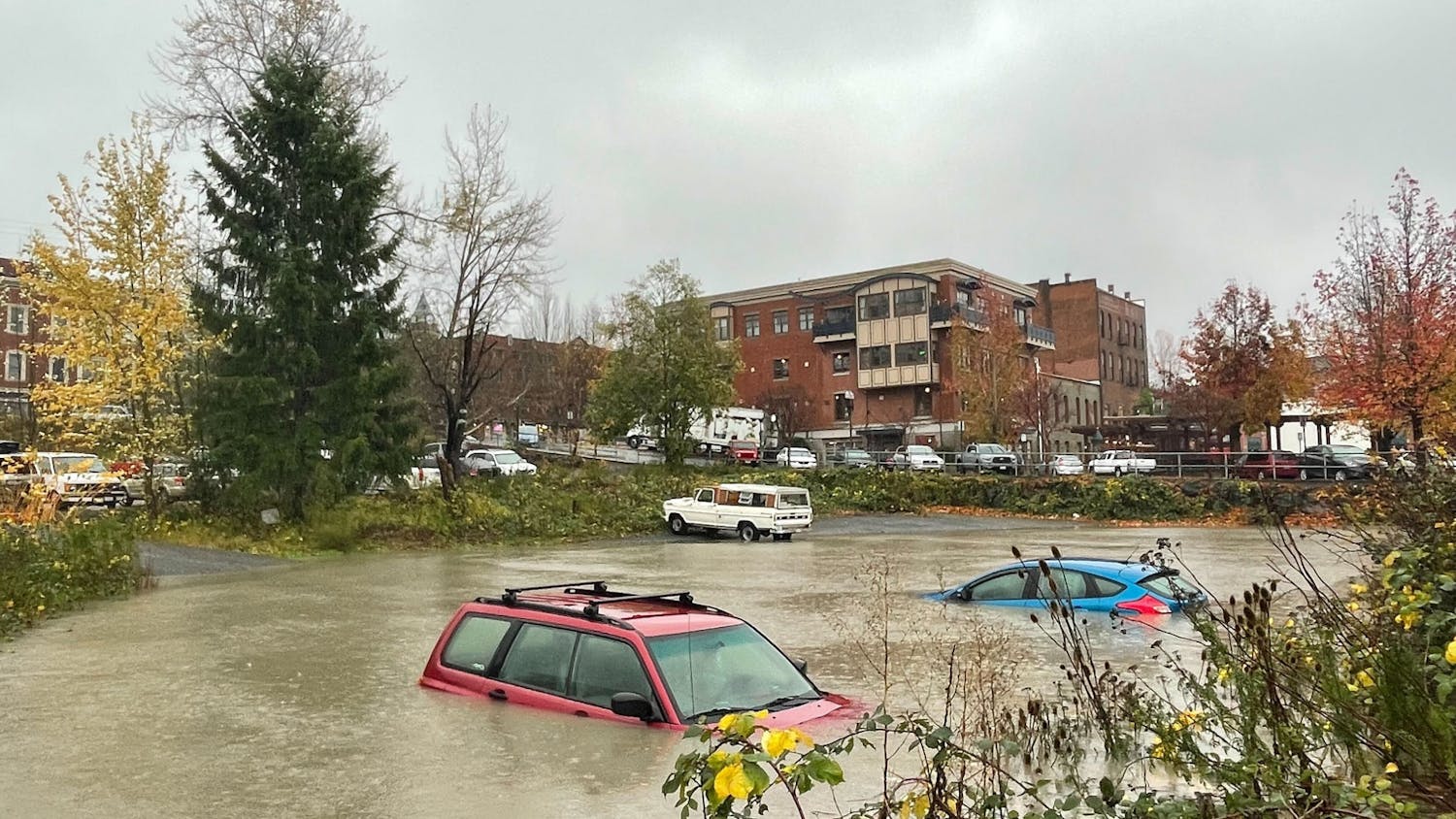In the past month, Whatcom County saw multiple atmospheric rivers slam into the county, causing mass flooding that resulted in millions of dollars in damages and hundreds of displacements.
While this is unlikely to repeat for the rest of this winter, climate change is making this kind of rain more common.
The initial predictions for this winter announced a weaker La Niña, and while we would have increased precipitation with the possibility of snowfall, it would’ve been similar to last year’s disappointing winter in regards to rain and snowpack.
“It is not by any means a strong La Niña; it’s the second of a back-to-back La Niña,” Nick Bond, Washington state climatologist said. “[They] tend to be wetter, and it’s not much of a surprise. But it is unusual just how warm it was.”
But evidence suggests that Washington’s climate is becoming susceptible to increasingly frequent and random variability.
From the heat wave and drought in the summer, wildfire smoke in the fall and wind storms accompanied by flooding at the beginning of winter — random weather events are becoming less random.
“This is a sort of a preview of what we’re going to be seeing,” Bond said. “The rains are going to be that much heavier, because a warmer atmosphere has a significantly higher moisture content.”
Bond said these weather events are becoming more frequent as climate change makes the temperature warmer. While that doesn’t mean every single fall and winter is going to be like this, during years that do have frequent rain, the outcome is more likely because of proximal weather events, like the drought conditions Washington experienced.
“This isn't the new normal,” he said. “But it is an example of what’s expected to happen with more frequency.”
Looking ahead to the rest of winter, it appears this kind of rain won’t keep up. The hope is for more snowpack, which usually shows up later in a back-to-back La Niña, but even that isn’t guaranteed.
The Water Supply Availability Committee held a meeting on Dec. 3 to discuss the status of the drought declaration made last June. The amount of Snow Water Equivalent, SWE, or the amount of liquid water held within mountain snowpacks, is crucial for determining whether we will experience another drought next summer — despite all the precipitation Washington recently got.
Currently, the SWE that’s been formed in the Cascades is excessively low at 36% of normal. While this has happened in the past and Washington was still able to reach the median level of SWE, the probability of that occurring in the North Cascades ranges from 40-60%, said Scott Pattee of the Natural Resources Conservation Service.
After monitoring the status of Washington’s watersheds, the Water Supply Availability Committee is unsure if drought conditions will persist again in the summer. Warmer temperatures in November are what helped bring all the recent precipitation to the state, and it looks like this will continue in the future.
“Those warm temperatures were primarily overnight,” Karin Bumbaco, assistant state climatologist, said. “We’re sort of catching up from the drought that we had through August, but it seems unlikely that we’ll completely fix our drought conditions in just three [more] months.”
Bond said Washington is just going to keep on getting wetter in the winter and drier in the summers, compelling individual counties to find better ways to manage their water reservoirs while hopefully getting more accurate in predicting these extreme events before they occur.
“Maybe we can learn from this past year and kind of figure out: how do we manage the system? What can we do to adapt to what the climate is going to be?” Bond said.
Jonathan Tall (he/him) started pursuing journalism at Western after getting his degree in Economics and Political Science. Interested in everything from international politics to environmental issues, you can find him reporting on city news or at the gym failing to deadlift way more than he’s able to.
You can reach him at jontall21@gmail.com







